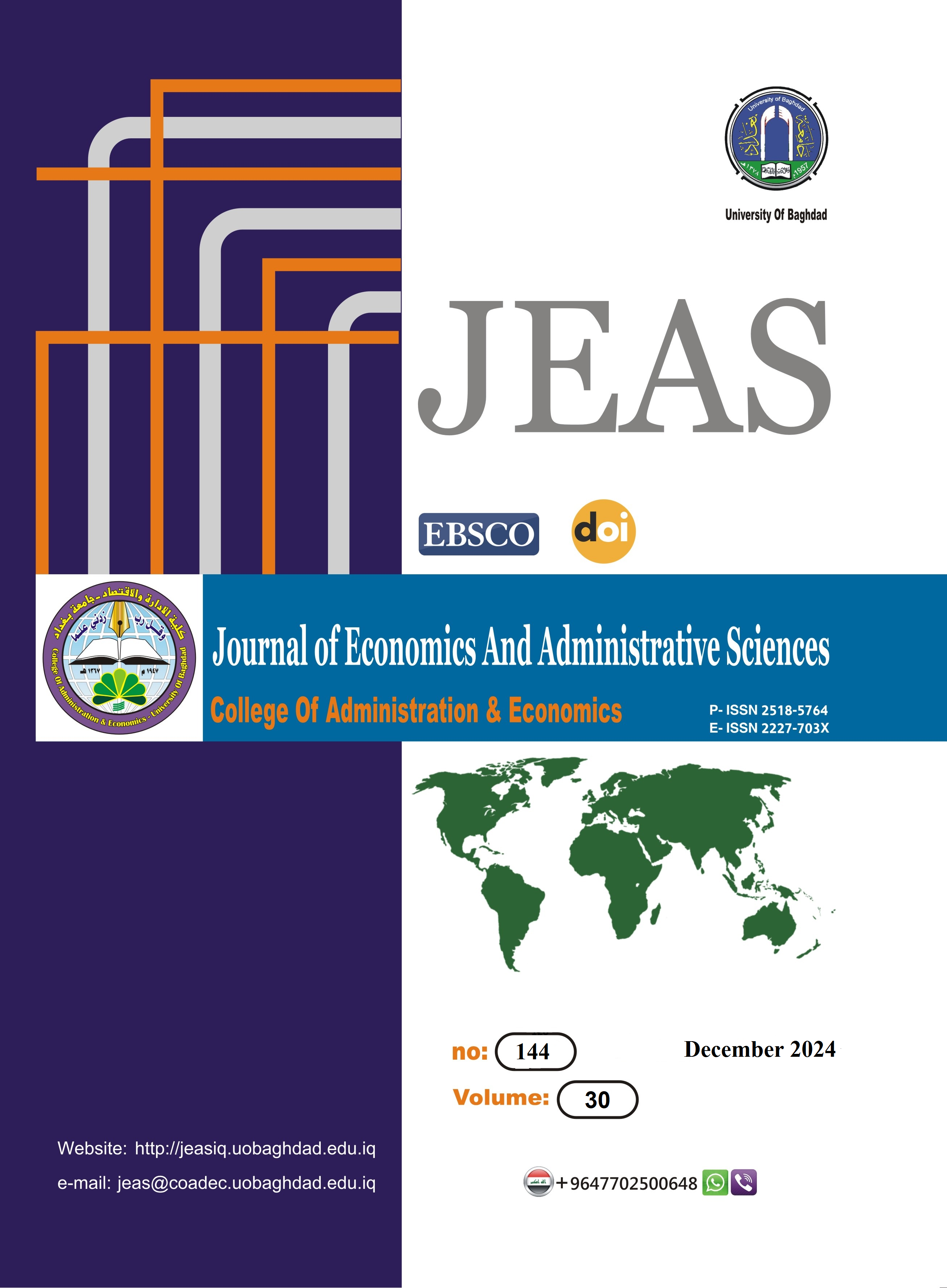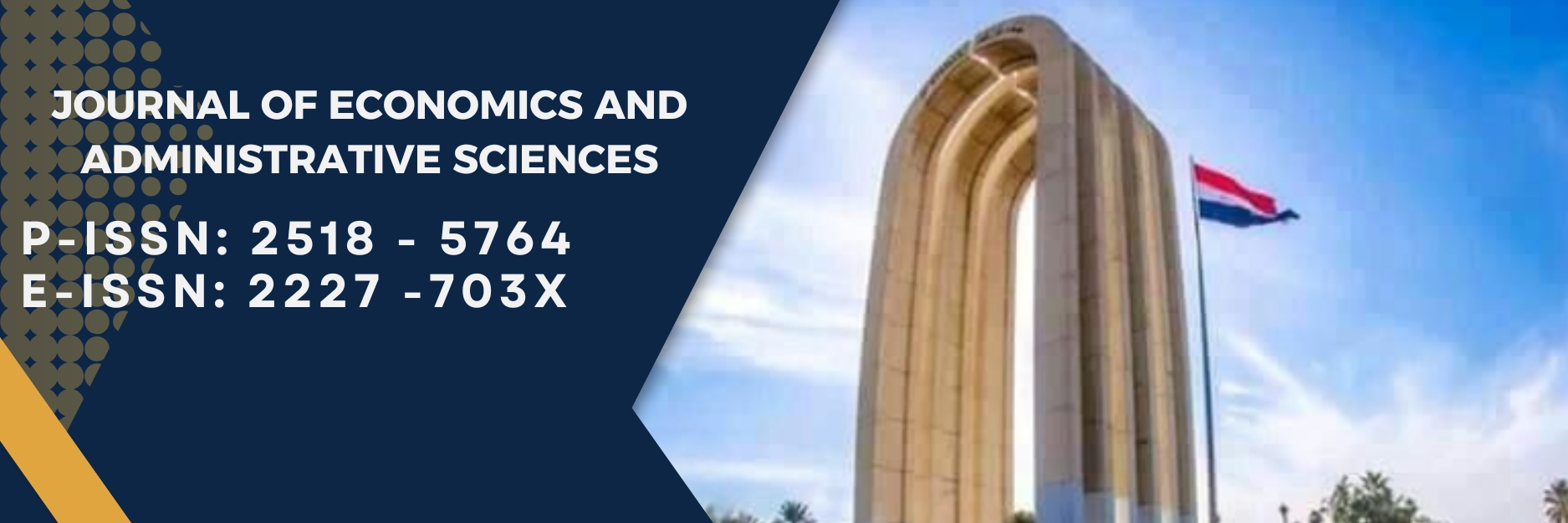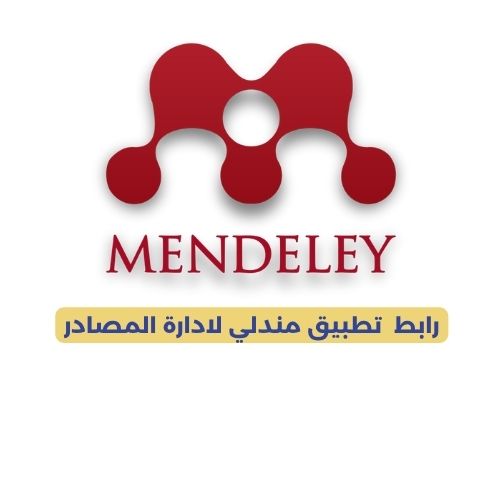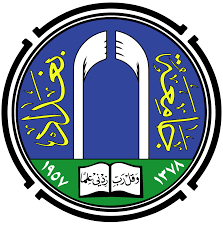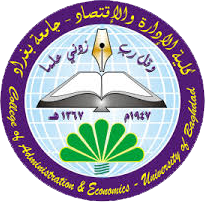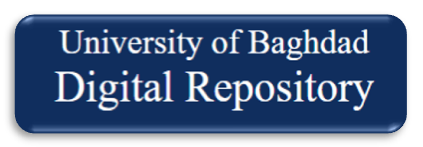Human Capital and Economic Growth in Sub-Saharan African Countries: A Panel Data Analysis
DOI:
https://doi.org/10.33095/kdgw1963Abstract
Purpose: This study examined the empirical relationship between human capital and economic growth across eight Sub-Saharan African (SSA) countries from 1990 to 2022.
Theoretical Framework: This study examined the relationship between human capital and economic growth by applying the Cobb-Douglas production function within the framework of the neoclassical Solow growth model. The study considers fixed assets as a measure of physical capital and school enrollment as a proxy for human capital.
Design/Methodology/Approach: This study employed the pooled mean group (PMG) estimator within a panel autoregressive distributed lag (ARDL) approach to analyze human capital variables' short- and long-run impacts on economic growth in SSA countries.
Findings: The findings provided strong empirical evidence of significant short- and long-term relationships between the variables. The long-run analysis demonstrates that human capital positively influences economic growth. Additionally, in the short-run, fixed assets, human capital, and labor were found to positively and significantly impact economic growth.
Research Implications: This study emphasizes the importance of focusing on education and skill training sectors to enhance human capital development in emerging African countries.
Originality/Value: This study demonstrates that human capital variables positively impact economic growth in SSA countries in both the short- and long-run. Consequently, this study underscores the role of human capital as a critical and influential factor in promoting economic growth in emerging SSA countries. It also contributes valuable insights for policymakers and adds to the existing literature in this area.
Downloads
References
Abdouli, M., & Omri, A. (2021). Exploring the nexus among FDI inflows, environmental quality, human capital, and economic growth in the Mediterranean region. Journal of the Knowledge Economy, 12(2), 788-810. https://doi.org/10.1007/s13132-020-00641-5
Adeleye, B. N., Bengana, I., Boukhelkhal, A., Shafiq, M. M., & Abdulkareem, H. K. (2022). Does human capital tilt the population-economic growth dynamics? Evidence from Middle East and North African countries. Social Indicators Research, 162(2), 863–883. https://doi.org/10.1007/s11205-021-02867-5
Ahumada, V. M. C., & Villarreal, C. C. (2020). Human capital formation and economic growth across the world: A panel data econometric approach. Economía Sociedad y Territorio, 19(62), 655-684. http://dx.doi.org/10.22136/est20201466
Akinlo, T., & Oyeleke, O. J. (2020). Human capital formation and economic growth in sub-Saharan African countries: An empirical investigation. The Indian Economic Journal, 68(2), 249–268. https://doi.org/10.1177/0019466220972848
Bashir, M. S. (2024). Human capital and economic growth nexus: Evidence from GCC countries. The Science of Tomorrow: Innovative Approaches and Forecasts, 4-8.
Bazie, P. (2023) Understanding the effects of human capital on economic growth in developing countries, does institutional environment matters? Evidence from Sub-Sharan African countries. Korea Review of International Studies, 16(46), 191–212.
Bekele, M., Sassi, M., Jemal, K., & Ahmed, B. (2024). Human capital development and economic sustainability linkage in sub-Saharan African countries: Novel evidence from augmented mean group approach. Heliyon, 10(2), e24323.
https://doi.org/10.1016/j.heliyon.2024.e24323
Bekele, W. T., & Mersha, F. G. (2023). Human capital development and economic growth nexus in sub-Saharan Africa countries using a novel panel data analysis. International Journal of Economic Policy in Emerging Economies, 18(3-4), 381–397.
http://dx.doi.org/10.1504/IJEPEE.2023.136303
Bloom, N., Jones, C. I., Van Reenen, J., & Webb, M. (2020). Are ideas getting harder to find? American Economic Review, 110(4), 1104–1144.
https://doi.org/10.1257/aer.20180338
Borojo, D. G., & Yushi, J. (2015). The impact of human capital on economic growth in Ethiopia. Journal of Economics and Sustainable Development, 6(16), 109–118.
https://iiste.org/Journals/index.php/JEDS/article/view/25300/25900
Breusch, T. S., & Pagan, A. R. (1980). The Lagrange multiplier test and its applications to model specification in econometrics. The Review of Economic Studies, 47(1), 239–253. https://doi.org/10.2307/2297111
Buyinza, I. G. (2019). The relationship between human capital and economic growth in Sub-Saharan Africa [Unpublished master’s thesis]. Makerere University. Kampala, Uganda.
Calamitsis, E. A., Basu, A., and Ghura, D. (1999). Adjustment and growth in sub-Saharan Africa (Working Paper No. WP/99/51). International Monetary Fund.
Chen, H., Tackie, E. A., Ahakwa, I., Musah, M., Salakpi, A., Alfred, M., & Atingabili, S. (2022). Does energy consumption, economic growth, urbanization, and population growth influence carbon emissions in the BRICS? Evidence from panel models robust to cross-sectional dependence and slope heterogeneity. Environmental Science and Pollution Research International, 29(25), 37598–37616. https://doi.org/10.1007/s11356-021-17671-4
Glewwe, P., Maïga, E., & Zheng, H. (2014). The contribution of education to economic growth: A review of the evidence, with special attention and an application to sub-Saharan Africa. World Development, 59(1), 379–393.
https://doi.org/10.1016/j.worlddev.2014.01.021
Grant, C. (2017). The contribution of education to economic growth. K4D Helpdesk Report. Institute of Development Studies.
International Labour (ILO) (2021). World employment and social outlook: Trends 2021. Geneva.
Matashu, M. (2022). Education, human capital formation and economic growth in sub-Saharan African countries: A conceptual analysis. In Towards the next epoch of education (BCES conference books, Vol. 20, Part 2) (pp. 80–86). Bulgarian Comparative Education Society.
Matashu, M., & Skhephe, M. (2022). Human capital and economic growth in sub-Saharan Africa countries: ARDL and CEM analysis. Journal of Economics Education and Entrepreneurship, 3(1), 49–64.
Mose, N. (2023). The link between human capital formation and economic growth in East Africa. Asian Journal of Economics, Business and Accounting, 23(7), 49–55. https://doi.org/10.9734/AJEBA/2023/v23i7944
Ngouhouo, I., Nchofoung, T., & Njamen Kengdo, A. A. (2021). Determinants of trade openness in sub-Saharan Africa: Do institutions matter? International Economic Journal, 35(1), 96–119. https://doi.org/10.1080/10168737.2020.1858323
Ogundari, K., & Awokuse, T. (2018). Human capital contribution to economic growth in sub-Saharan Africa: Does health status matter more than education? Economic Analysis and Policy, 58, 131–140. http://dx.doi.org/10.1016/j.eap.2018.02.001
Oyinlola, M. A., Adedeji, A. A., & Onitekun, O. (2021). Human capital, innovation, and inclusive growth in sub-Saharan African region. Economic Analysis and Policy, 72, 609–625. https://doi.org/10.1016/j.eap.2021.10.003
Pesaran, M. H. (2007). A simple panel unit root test in the presence of cross-section dependence, Journal of Applied Econometrics, 22, 265–312. https://doi.org/10.1002/jae.951
Pesaran, M. H. (2021). General diagnostic tests for cross-sectional dependence in panels. Empirical Economics, 60(1),13–50. https://doi.org/10.1007/s00181-020-01875-7
Pesaran, M. H., & Yamagata, T. (2008). Testing slope homogeneity in large panels. Journal of Econometrics, 142(1), 50–93. https://doi.org/10.1016/j.jeconom.2007.05.010
Pesaran, M. H., Shin, Y., & Smith, R. P. (1999). Pooled mean group estimation of dynamic heterogeneous panels. Journal of the American Statistical Association, 94(446), 621–634. https://doi.org /10.1080/01621459.1999.10474156
Psacharopoulos, G. (1984). The contribution of education to economic growth: International comparisons. World Bank reprint series, no. 320. World Bank Group.
Sajoh, A. A. (2021). The effect of human capital on economic growth in some sub-Sahara African countries (SSA). American Journal of Economics, 5(1), 1–24.
https://doi.org/10.47672/aje.884
Sarkodie, S. A., & Strezov, V. (2018). Empirical study of the environmental Kuznets curve and environmental sustainability curve hypothesis for Australia, China, Ghana and USA. Journal of Cleaner Production, 201(10), 98–110.
https://doi.org/10.1016/j.jclepro.2018.08.039
Shobowale, L., Oluwasegun, E., Òlopade, B. C., & Biyi, O. O. (2023). Trends and patterns of human capital development and economic growth in selected sub-Saharan African countries. IIARD International Journal of Economics and Business Management, 9(8). https://doi.org/10.56201/ijebm.v9.no8.2023.pg100.113
Tackie, E. A., Chen, H., Ahakwa, I., & Atingabili, S. (2022). Exploring the dynamic nexus among economic growth, industrialization, medical technology, and healthcare expenditure: A PMG-ARDL panel data analysis on income-level classification along West African economies. Frontiers in Public Health, 10, 903399.
https://doi.org/10.3389/fpubh.2022.903399
Tapuwa, K., Ronney, N., & Andrew, P. (2019). The human capital-economic growth nexus in SSA countries: What can strengthen the relationship? (MPRA Paper No. 95199). https://mpra.ub.uni-muenchen.de/95199
Wang, Q.-S., Hua, Y.-F., Tao, R., & Moldovan, N.-C. (2021). Can health human capital help the sub-Saharan Africa out of the poverty trap? An ARDL model approach. Frontiers in Public Health, 9, 697826. https://doi.org/10.3389/fpubh.2021.697826
Westerlund, J., & Edgerton, D. L. (2007). A panel bootstrap cointegration test. Economics Letters, 97, 185–190. https://doi.org/10.1016/j.econlet.2007.03.003
Westerlund, J., & Hosseinkouchack, M. (2016). Modified CADF and CIPS panel unit root statistics with standard chi-squared and normal limiting distributions. Oxford Bulletin of Economics and Statistics, 78(3), 347–364. https://doi.org/10.1111/obes.12127
Wirajing, M. A. K., Nchofoung, T. N., & Etape, F. M. (2023). Revisiting the human capital–economic growth nexus in Africa. Springer Nature Journal of Business and Economics, 3, 115. https://doi.org/10.1007/s43546-023-00494-5
World Bank (2020a). Global economic prospects. https://documents.worldbank.org/en/publication/documents-reports/documentdetail/502991591631723294/global-economic-prospects-june-2020.
World Bank (2020b). The Africa human capital plan - Year 3 progress report.
https://ahcp.worldbank.org/en/.
World Bank (2022). The state of global learning poverty. https://thedocs.worldbank.org/en/doc/e52f55322528903b27f1b7e61238e416-0200022022/original/Learning-poverty-report-2022-06-21-final-V7-0-conferenceEdition.pdf
World Bank (2024). World development indicators. https://databank.worldbank.org/source/world-development-indicators.
Published
Issue
Section
License
Copyright (c) 2024 Journal of Economics and Administrative Sciences

This work is licensed under a Creative Commons Attribution-NonCommercial-NoDerivatives 4.0 International License.
Articles submitted to the journal should not have been published before in their current or substantially similar form or be under consideration for publication with another journal. Please see JEAS originality guidelines for details. Use this in conjunction with the points below about references, before submission i.e. always attribute clearly using either indented text or quote marks as well as making use of the preferred Harvard style of formatting. Authors submitting articles for publication warrant that the work is not an infringement of any existing copyright and will indemnify the publisher against any breach of such warranty. For ease of dissemination and to ensure proper policing of use, papers and contributions become the legal copyright of the publisher unless otherwise agreed.
The editor may make use of Turtitin software for checking the originality of submissions received.
